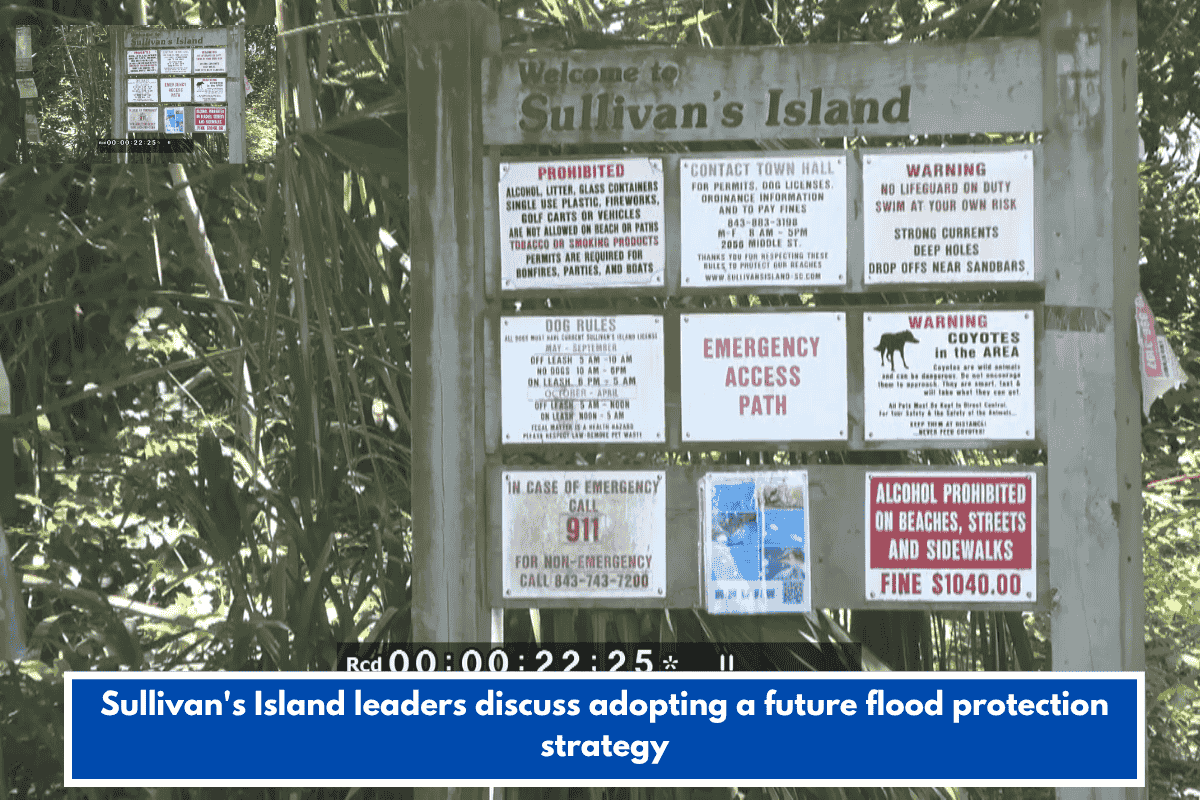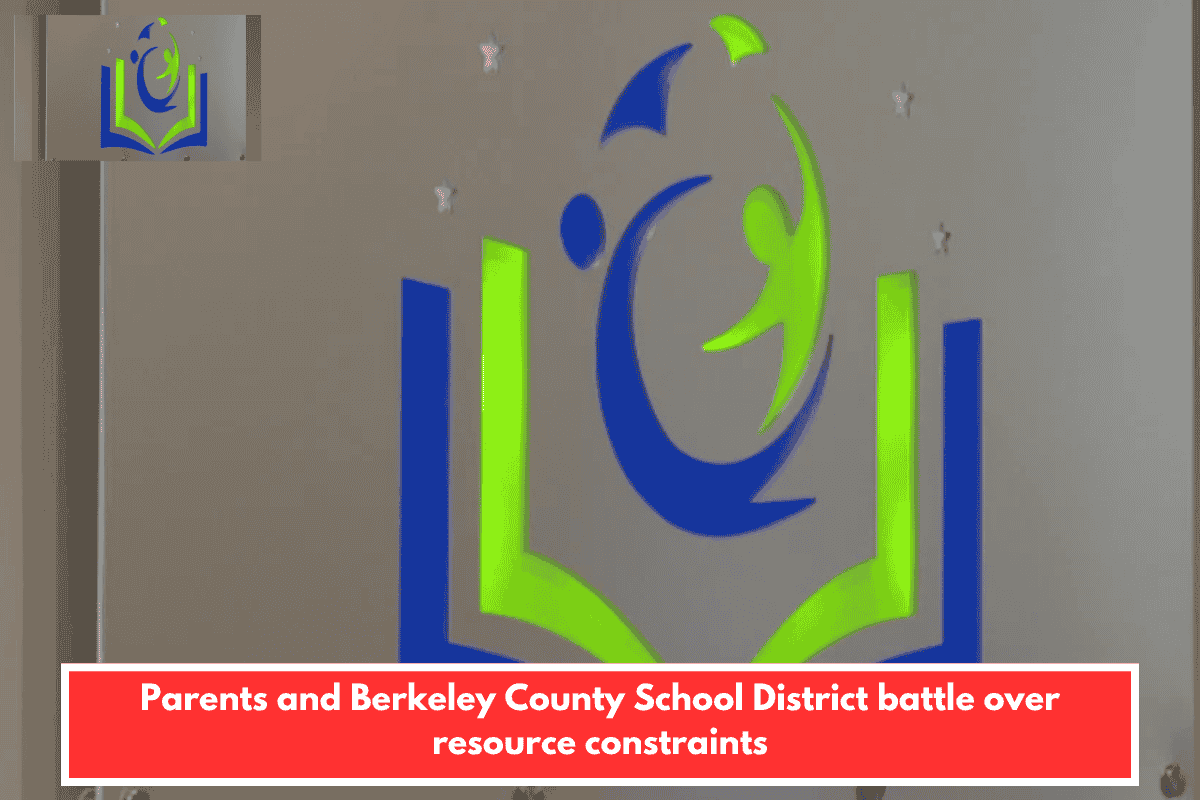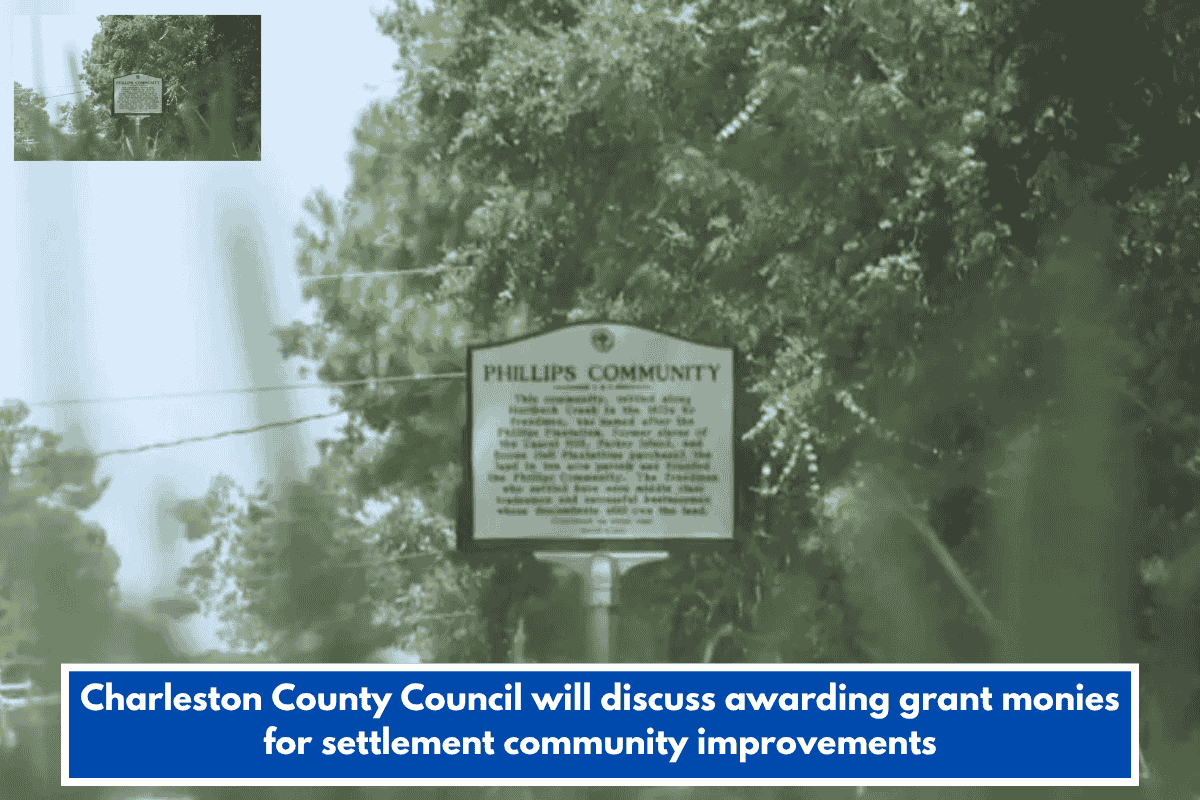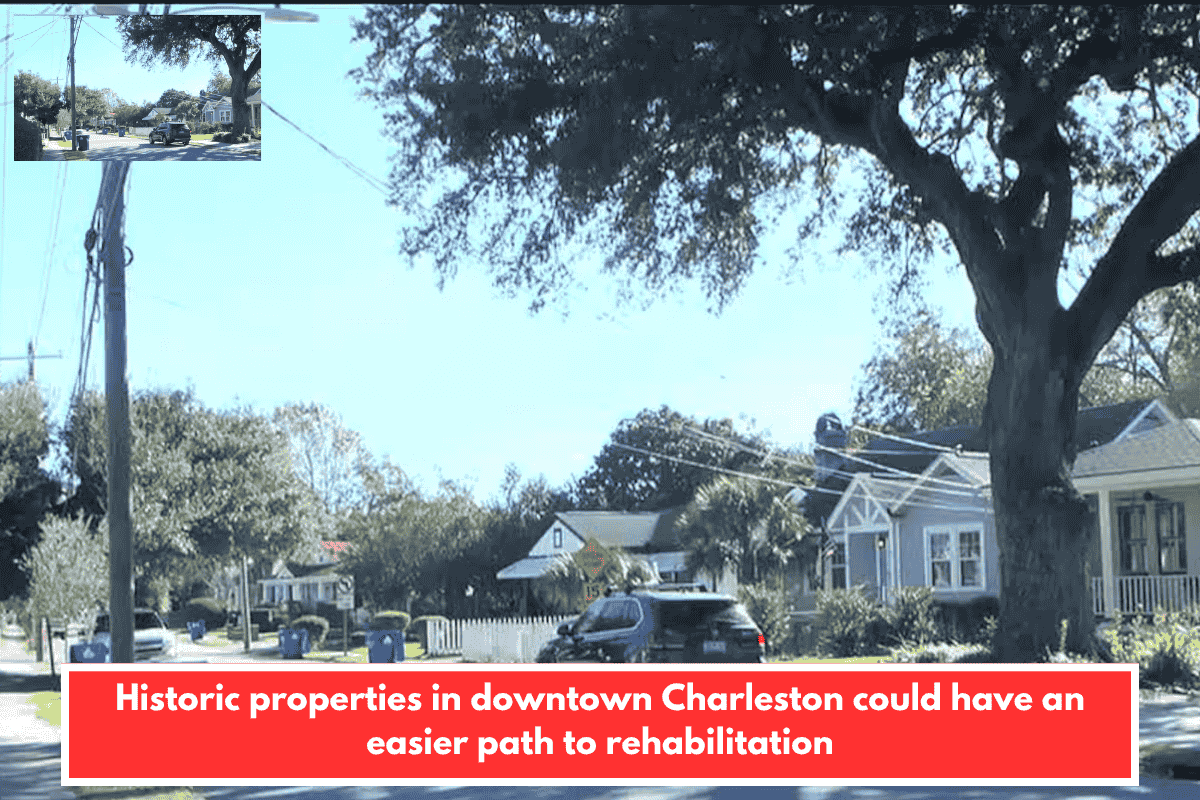Sullivan’s Island, South Carolina The final draft of the Town of Sullivan’s Island Sea Level Adaptation and Resilience Plan is being considered.
Before potentially adopting the plan on Tuesday evening, town leaders are reviewing its final version.
Ideas for the Sea Level Adaptation and Resilience Plan began in April. The plan anticipates the year 2050 by developing community-wide suggestions to preserve the island from future flooding disasters.
Project plans will be funded with an anticipated $105,000 from the Federal Emergency Management Agency, as well as a $45,000 local match.
The booklet describes flood models and techniques that residents might implement, ranging from regional collaborative projects to site-specific efforts.
Kiel Shmidt shared his ideas during the plan’s public input sessions. As a coastal geologist, he believes the plan is a positive step toward protecting the entire community.
Shmidt supports plan proposals, including initiatives that can take place in resident homes.
“What I do affects my neighbors and what they do affects me, so if they help themselves out with the recommended solutions…those are kind of couched in a way that they won’t detriment the people next to them,” Shmidt suggests.
The plan includes over 100 proposals aimed at protecting the island from future floods.
Stormwater and drainage, zoning and land use, and natural resource protections are among the potential code modifications recommended in the plan.
Rebecca Fanning, Town Director of Resilience and Natural Resource Management, said the strategy serves as a foundation for regional partners to apply to adjacent areas, despite specialized efforts to the area’s particular soil and high water tables, which cause flooding.
“There’s a lot we can do to leverage our open spaces, collect rainwater before it enters our pipes and building resilience as a community by working together and collaborating,” Fanning shares.
More than 30 natural alternatives exist, including biosoils, which filter runoff before it enters drainage infrastructure.
Residents have the opportunity to express their desire to bring preventative measures up to speed with surrounding jurisdictions. According to Fanning, a new item described in the plan is intended to accomplish exactly that.
“Vegetative barriers along the marsh front which serve to prevent erosion on our marsh front while also trapping pollution that also comes from stormwater runoff,” Fanning explains.”














